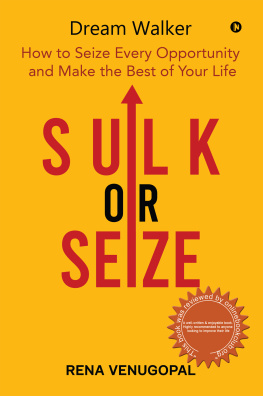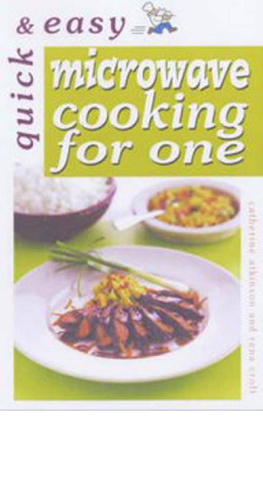Lavery Rena - Soviet Women and Their Art
Here you can read online Lavery Rena - Soviet Women and Their Art full text of the book (entire story) in english for free. Download pdf and epub, get meaning, cover and reviews about this ebook. year: 2019, publisher: Lightning Source Inc. (Tier 1), genre: Non-fiction. Description of the work, (preface) as well as reviews are available. Best literature library LitArk.com created for fans of good reading and offers a wide selection of genres:
Romance novel
Science fiction
Adventure
Detective
Science
History
Home and family
Prose
Art
Politics
Computer
Non-fiction
Religion
Business
Children
Humor
Choose a favorite category and find really read worthwhile books. Enjoy immersion in the world of imagination, feel the emotions of the characters or learn something new for yourself, make an fascinating discovery.
- Book:Soviet Women and Their Art
- Author:
- Publisher:Lightning Source Inc. (Tier 1)
- Genre:
- Year:2019
- Rating:5 / 5
- Favourites:Add to favourites
- Your mark:
- 100
- 1
- 2
- 3
- 4
- 5
Soviet Women and Their Art: summary, description and annotation
We offer to read an annotation, description, summary or preface (depends on what the author of the book "Soviet Women and Their Art" wrote himself). If you haven't found the necessary information about the book — write in the comments, we will try to find it.
Soviet Women and Their Art — read online for free the complete book (whole text) full work
Below is the text of the book, divided by pages. System saving the place of the last page read, allows you to conveniently read the book "Soviet Women and Their Art" online for free, without having to search again every time where you left off. Put a bookmark, and you can go to the page where you finished reading at any time.
Font size:
Interval:
Bookmark:

Zinaida Serebryakova (18841967). Self-portrait in a White Blouse, 1922, oil on canvas, 69 56 cm. State Russian Museum, St Petersburg
- INTRODUCTION: REVOLUTION AND THE LIBERATION OF WOMEN
Rena Lavery and Ivan Lindsay - GREAT FEMALE ARTISTS OF THE AVANT-GARDE: FROM EMBROIDERY TO THE REVOLUTION
Natalia Murray - FIZKULTURA AND SOVIET IDEALS OF FEMALE BEAUTY
Ivan Lindsay - THE BEAUTY AND DISCIPLINE OF THE BALLERINAS
Rena Lavery - THE FEMALE ROLE IN SOVIET SOCIETY
Rena Lavery - SOVIET FEMALE SCULPTORS
Katia Kapushesky - PRE-KRASNOE: WOMEN AND UNOFFICIAL ART IN MOSCOW, FROM ABSTRACTION TO CONCEPTUALISM (1960s1980s)
Elizaveta Butakova
Rena Lavery and Ivan Lindsay
Researcher: Borimir Totev
Nowhere in the world, nowhere in history, is there such a thinker and statesman who has done so much for the emancipation of women as Vladimir Ilyich.
Alexandra Kollontai, 1963
There were, however, Russian women who had been struggling to improve their situation before Vladimir Lenin came along. From the mid-nineteenth century, for instance, the triumvirate of Anna Filosofova, Nadezhda Stasova and Maria Trubnikova had lobbied for women to be admitted to universities, and in 1878 they were among the founders of the Bestuzhev Courses for female higher education in St Petersburg, which were named after the first director, Konstantin Nilolayevich Bestuzhev-Rumin. Lenins wife, Nadezhda Krupskaya, who later played a key role in the Soviet education system, was among the early graduates of the Bestuzhev Courses, which, following the Revolution, were incorporated in 1919 into Petrograd University.
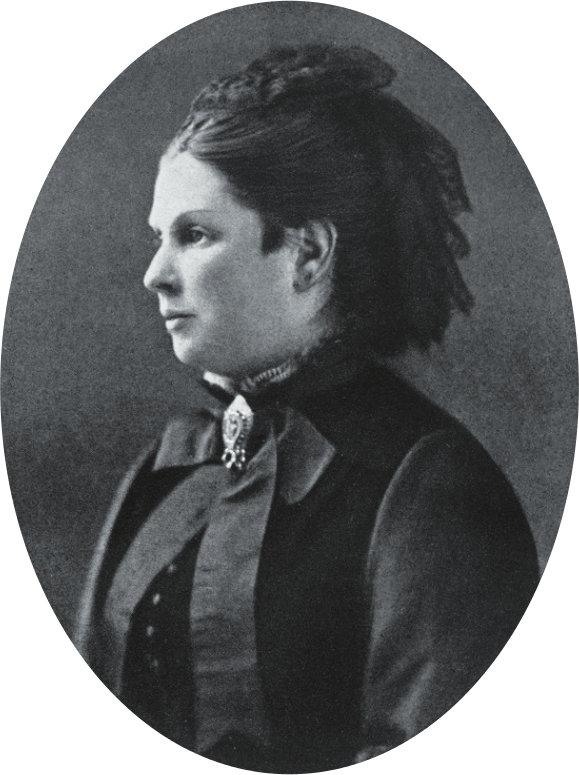
Anna Filosofova (18351912), c. 1880. Wikimedia Commons
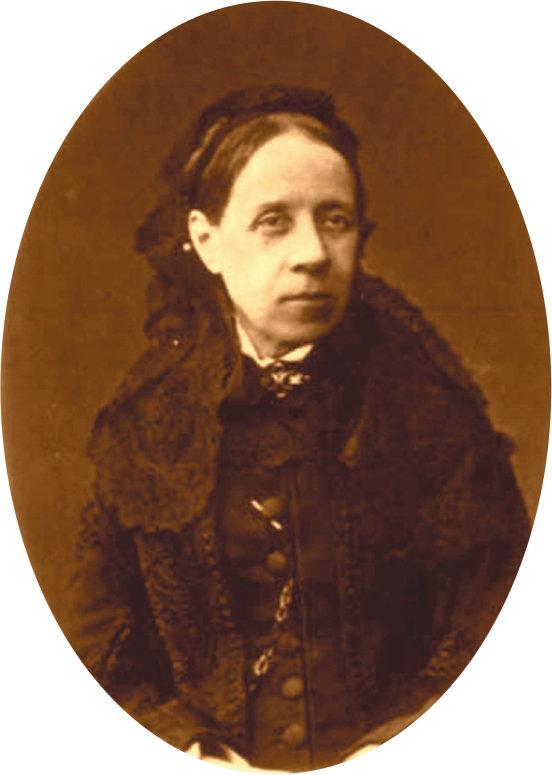
Nadezhda Stasova (18221895), Archive PL / Alamy Stock Photo
It is also helpful to remember what was happening to women in other countries at the time. Due to the efforts of Russian suffragists, women had received the right to vote just before the Revolution and before women in Britain. It is believed that by the early years of the twentieth century there were more women teachers, doctors and lawyers working in Russia than in most European countries. This, however, was progress that was largely confined to the educated classes. Despite improvement in literacy levels overall, Russias peasant communities remained predominantly patriarchal, with females expected to produce children: preferably sons to help work the land and continue the family name, as well as to cook, clean and look after their families.
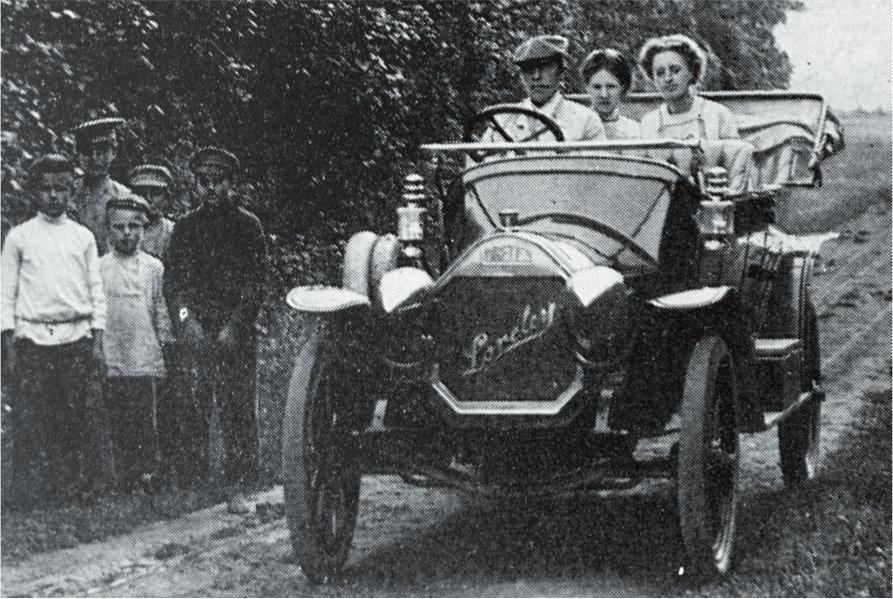
Maria Trubnikova (18351897), 1912. Sputnik / Alamy Stock Photo

Nadezhda Krupskaya (Lenins wife) (18691939), 1922. Lebrecht Music & Arts / Alamy Stock Photo
With the Revolution came Lenins rallying cry for gender equality:
The Government of the proletarian dictatorship, together with the Communist Party and trade unions, is of course leaving no stone unturned in the effort to overcome the backward ideas of men and women That will mean freedom for the woman from the old household drudgery and dependence on man. That enables her to exercise to the full her talents and inclinations
Immediately following the Russian Revolution of 1917 the Bolsheviks passed legislation to emancipate women, while giving them rights and freedoms unheard of elsewhere in the world. The Revolution became a political and social turning point, with ramifications far wider than even the wildest dreams of those who were on the front lines of protest. The response of artists, in particular female artists, to these momentous changes and Soviet ideals of feminine beauty is a theme that is explored in this book.
Lenin claimed to view the full engagement of women in society as not only a moral imperative but also as essential for progress: For every day of the existence of the Soviet State proves more clearly that we cannot go forward without the women.

Alexandra Kollontai (18721952), c. 1934. Photo by Alfred Eisenstaedt / The LIFE Picture Collection / Getty Images
Kollontai was a committed Communist and in 1923 she became the Soviet Ambassador to Norway, the first woman to hold such a high-level government post. She envisaged a society in which the family unit, then perceived as bourgeois and oppressive, would be superseded by the role of the state, presumably enabling women to participate in the world of work on a par with men. There are shades of Brave New World thinking in some of Kollontais pronouncements against traditional family life: The worker-mother must learn not to differentiate between yours and mine; she must remember that there are only our children, the children of Russias communist workers. Perhaps realising that this might sound a little harsh, she also gave a reassurance that although Communist society will take upon itself all the duties involved in the education of the child the joys of parenthood will not be taken away from those who are capable of appreciating them. Who should decide on a womans capability to appreciate parenthood is not clear.

Valentina Tereshkova (b. 1937), Russian cosmonaut, Baikonur Cosmodrome, USSR, 16 June 1963. Credit: Heritage Image Partnership Ltd / Alamy Stock Photo
But if Kollontais message was one of potential liberation, would women then be free to develop their talents and pursue careers? The reality for the vast majority of Soviet men at that time, as well as women, was a life of toil on the land or in the factory. In Lenins vision, if toil were inevitable, at least it should be on equal terms between the sexes: To effect her complete emancipation and make her the equal of the man, it is necessary for women to participate in common productive labour. Then women will occupy the same position as men.
In 1936, the Stalin Constitution recognised the equal rights of men and women and the latter were encouraged into higher education and the professions, although a glass ceiling effectively reserved the higher echelons of public life and influence for men. A series of Five-Year Plans included provision for women to enter traditionally male-dominated professions such as engineering, leading to Valentina Tereshkova becoming the first woman in space in 1963.
Women, however, were still expected to maintain their domestic responsibilities alongside having a paid job. Hedrick Smith gives a satirical view of the situation:
Under capitalism, women are not liberated because they have no opportunity to work. They have to stay at home, go shopping, do the cooking, keep house and take care of the children. But under socialism, women are liberated. They have the opportunity to work all day and then go home, go shopping, do the cooking, keep house and take care of the children.
Font size:
Interval:
Bookmark:
Similar books «Soviet Women and Their Art»
Look at similar books to Soviet Women and Their Art. We have selected literature similar in name and meaning in the hope of providing readers with more options to find new, interesting, not yet read works.
Discussion, reviews of the book Soviet Women and Their Art and just readers' own opinions. Leave your comments, write what you think about the work, its meaning or the main characters. Specify what exactly you liked and what you didn't like, and why you think so.


